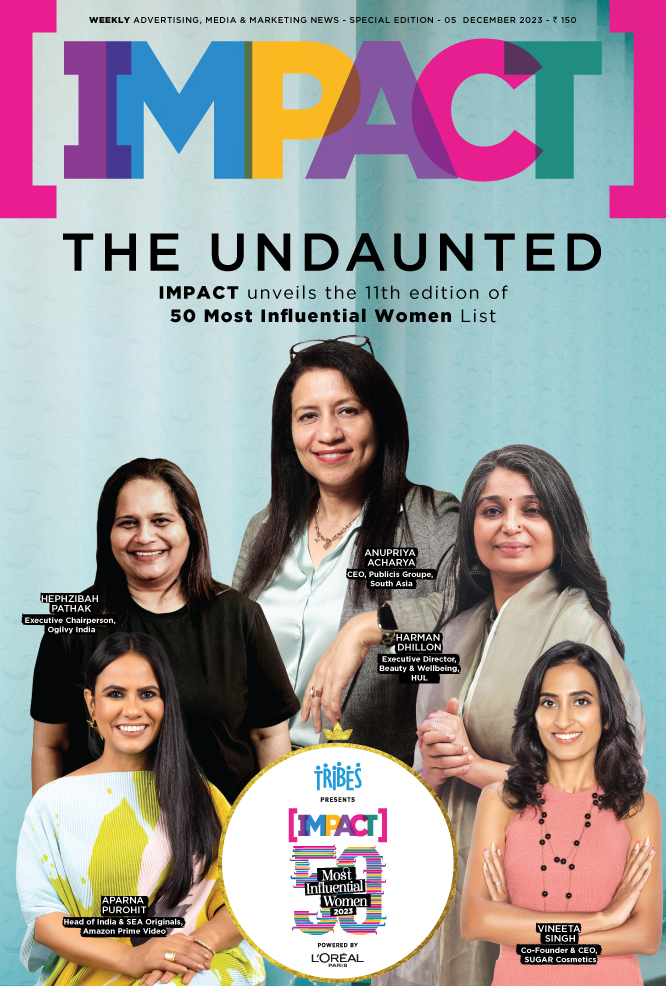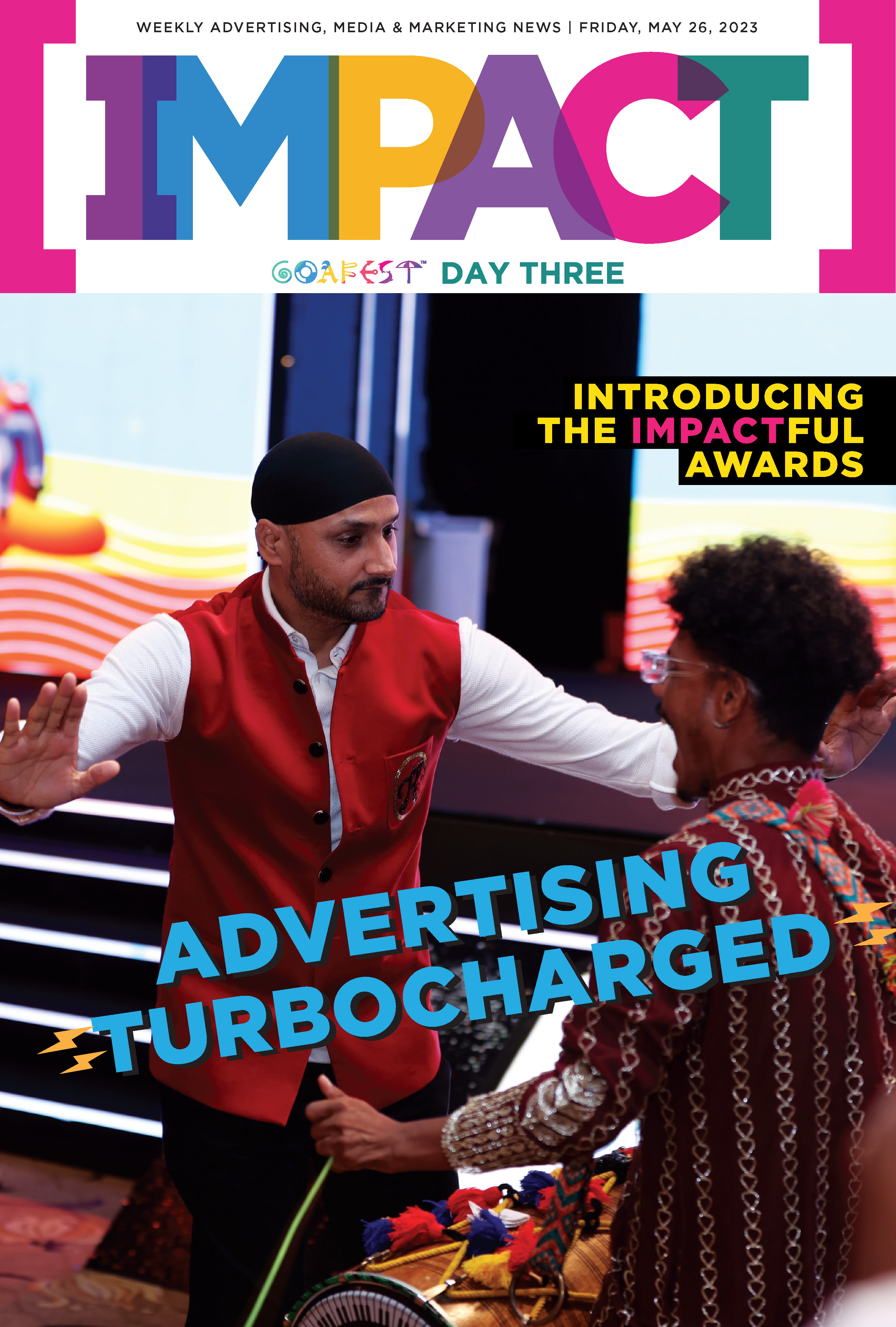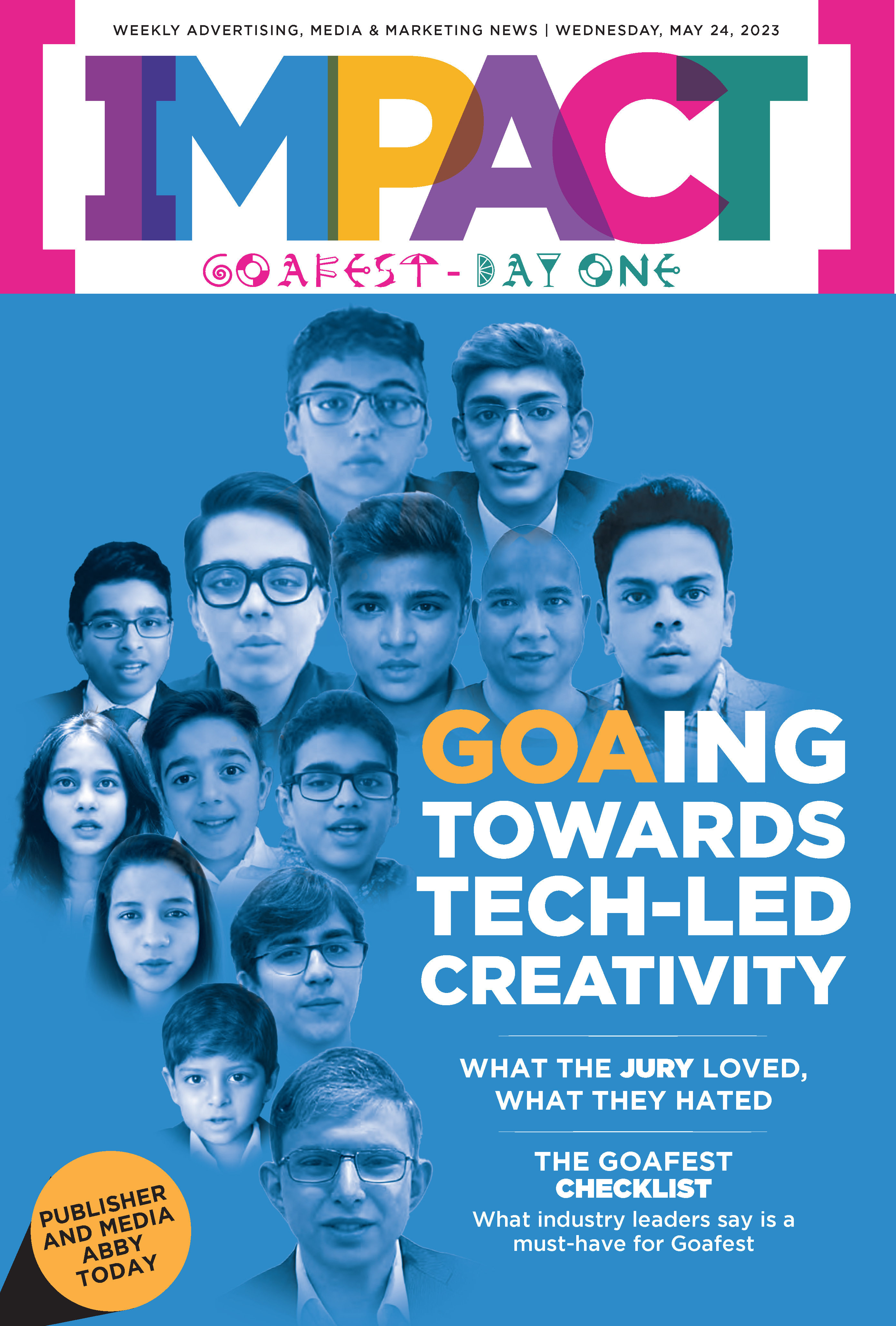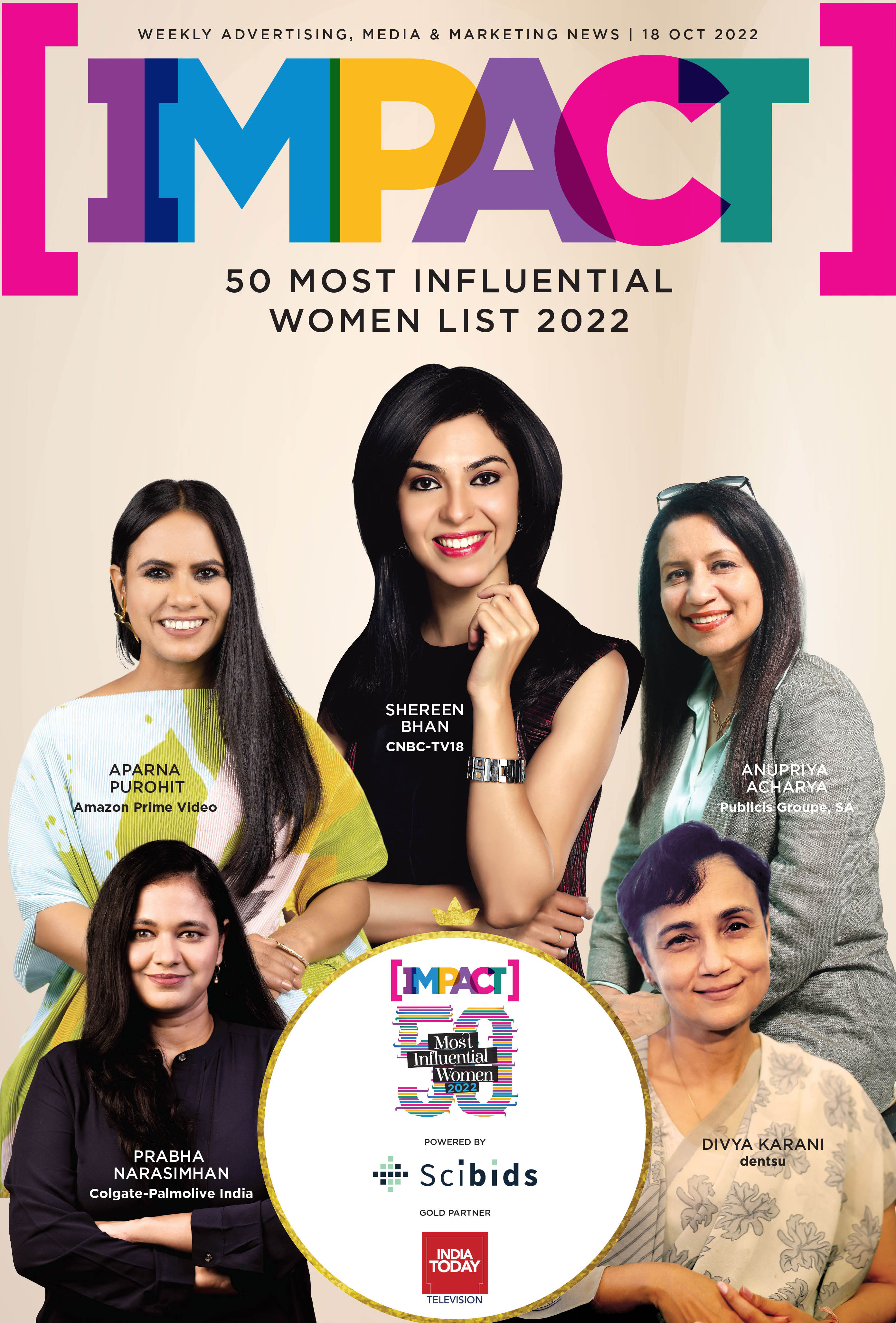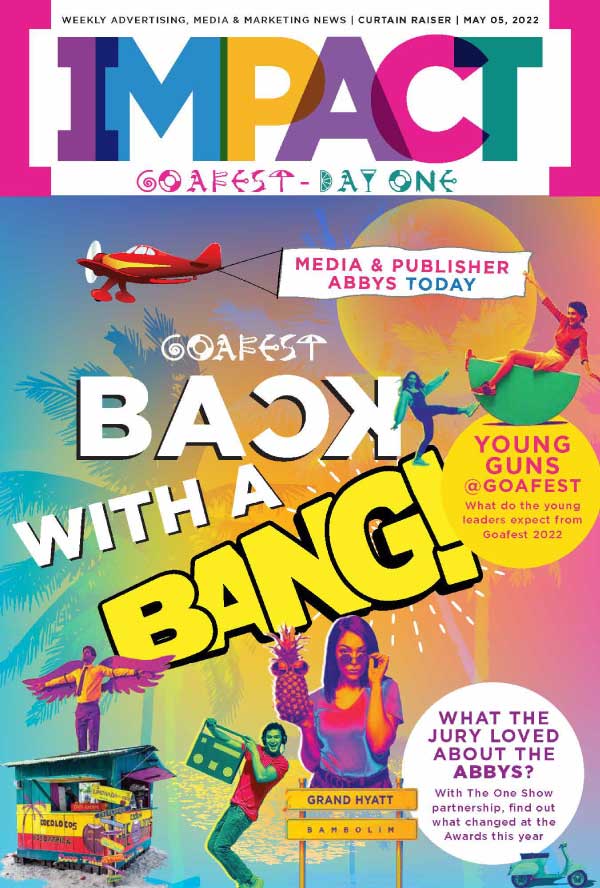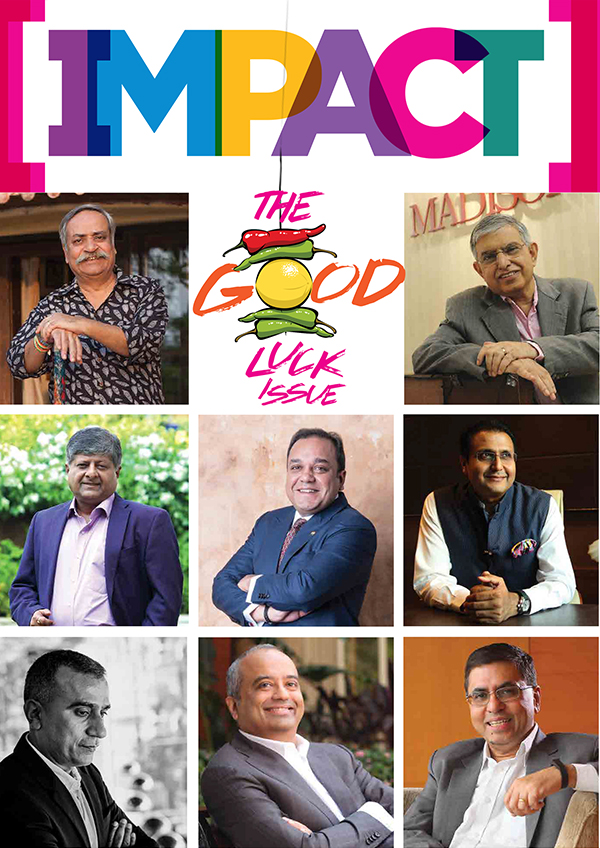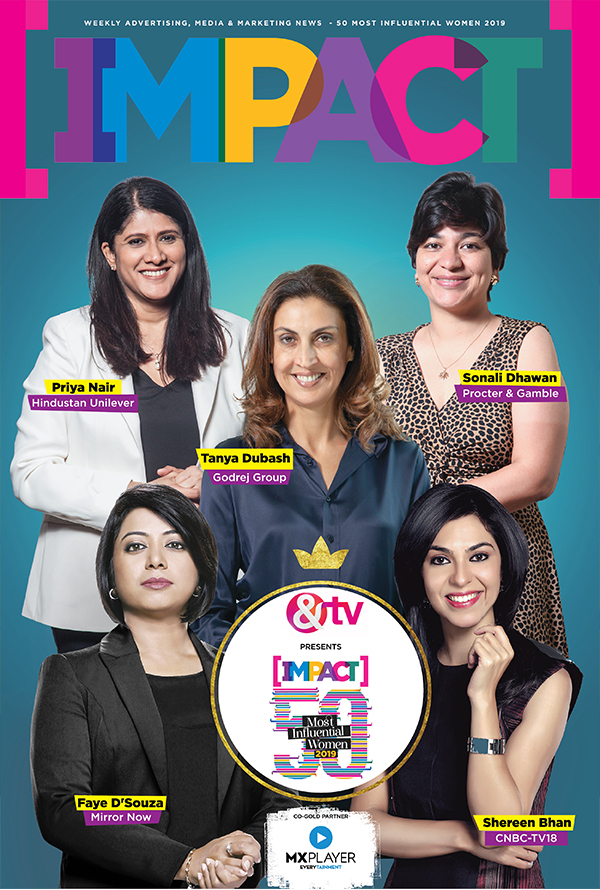Despite digital video emerging as India’s most consumed entertainment format, a new study by R K SWAMY Centre for Study of Indian Markets (CSIM) reveals that brand recall on these platforms remains extremely poor—raising questions about the efficiency of thousands of crores spent on video advertising every year.
The white paper, Recall of Advertising on Digital Video Platforms & Channels, surveyed 3,000 respondents across 10 cities and examined digital video habits, ad exposure and brand memory.
The study finds that 93 per cent of respondents watch videos on their mobile phones daily, spending an average of 2.17 hours per day. But despite this scale, respondents could remember only 1.5 brands on average, and more than 600 brands were recalled by less than 1 per cent of the audience each. Only 11 brands crossed the 3 per cent recall mark—stark evidence that visibility does not translate into memorability.
Top Recalled Brands
Of the few brands that crossed the 3 per cent recall threshold, most belonged to online-first convenience categories:
-
Zepto – 13%
-
Zomato – 6%
-
Meesho – 5%
-
Nescafe – 5%
-
Flipkart – 4%
-
Amazon – 4%
-
Country Delight – 3%
-
Swiggy – 3%
-
Blinkit – 3%
-
Rummy Circle – 3%
-
Dream11 – 3%
These top performers are concentrated in quick commerce, online food delivery, e-commerce, groceries and gaming—categories with high-frequency usage and strong functional cues. The dominance of quick commerce is especially notable; younger audiences in the 18–25 cohort showed higher recall of Zepto and Blinkit than older segments.
Surprisingly, many category-leading brands, including unicorns, featured in the long list of sub-1 per cent recall.
Low Recall Despite High Platform Usage
While platform usage is high with YouTube (64 per cent), Facebook (19 per cent) and Instagram (17 per cent), the average number of brands recalled remains largely similar across platforms, hovering around 1.49–1.52.
Praveen Nijhara, CEO, Hansa Research Group said,
“While YouTube was highly viewed, the recall of brands on the medium was poor. So was the case with Facebook and Instagram. A significant majority of the respondents report skipping ads and muting them.”
This suggests that the platform itself does not significantly influence recall; instead, viewer behaviour and ad formats appear to be the defining factors.
YouTube, with its massive reach and diverse content ecosystem, remains the largest video platform. S Narasimhan, EVP and Chief Digital Officer R K SWAMY said, “Many respondents had difficulty in remembering and accurately identifying brands. Very few were able to recall specific details of the creative content itself. In the light of major expenditure in Digital Video platforms, this was a disappointment.”
Majority of Viewers Find Ads Irrelevant
The study captures a clear behavioural hurdle:
-
78% skip ads whenever they can
-
50% mute ads if skipping is not possible
-
57% say most ads served to them are irrelevant
-
69% dislike seeing the same ad repeatedly
-
Only 22% say they enjoy watching ads
The indifference, and often aversion to ads, means advertisers struggle to achieve effective exposure even when impressions are delivered.
Respondents Struggle to Name Brands Clearly
A telling observation from the interviews: many respondents referred to ads simply as “clothes ads” or “shampoo ads,” without recalling the specific brand.
This aligns with the report’s finding that very few people remember specific creative details, indicating that messaging is not sticking even when ads are viewed.
Narasimhan added, “Many respondents had difficulty in remembering and accurately identifying brands. Very few were able to recall specific details of the creative content itself. In the light of major expenditure in Digital Video platforms, this was a disappointment.”
Demographic Splits
The study shows a clear age gradient in recall:
-
Respondents aged 18–25 recalled the highest number of brands
-
Recall declines progressively in the 26–29, 30–35, 36–45, and 46–55 groups
-
Lowest recall appears in respondents aged 56+
This pattern mirrors platform usage: younger respondents show higher exposure through YouTube and Instagram, while older viewers report more usage of Facebook but do not display higher recall.
Platform Usage and Time Spent
Across the top apps:
-
YouTube / Shorts: 1.14–1.19 hours per day
-
Instagram: 1.07 hours
-
Facebook: 0.50 hours
-
Netflix: 1.11 hours
-
Amazon Prime: 1.22 hours
Despite intense engagement, recall remains stuck at around 1.5 brands—indicating that duration of usage alone does not translate into message retention.
The study presents an R-squared value of 0.59 for correlation between time spent on an app and number of brands recalled, signalling moderate correlation but also highlighting significant limits to the effect of mere exposure.
Purchase Intent High Among Those Who Recall
Among the small group that did remember brands, purchase or usage intention is high:
-
Surf Excel – 85%
-
Zepto – 79%
-
Nescafe – 76%
-
Dove – 76%
-
Amazon – 60%
-
Dream11 – 53%
-
Meesho – 60%
-
Blinkit – 66%
This suggests that while recall is limited, the impact is strong among those who do remember the ad—supporting more targeted, frequency-focused strategies.
The study’s findings reinforce one trend: India’s digital video explosion has not translated into strong brand memory. Platforms deliver reach at scale, but recall remains minimal due to fragmented viewing, high skippability, low relevance, and indistinguishable messaging.
As brands continue shifting budgets toward digital video, the industry may now need to rethink creative distinctiveness, frequency strategies and measurement frameworks to ensure that visibility leads to lasting brand impact.







.png)








